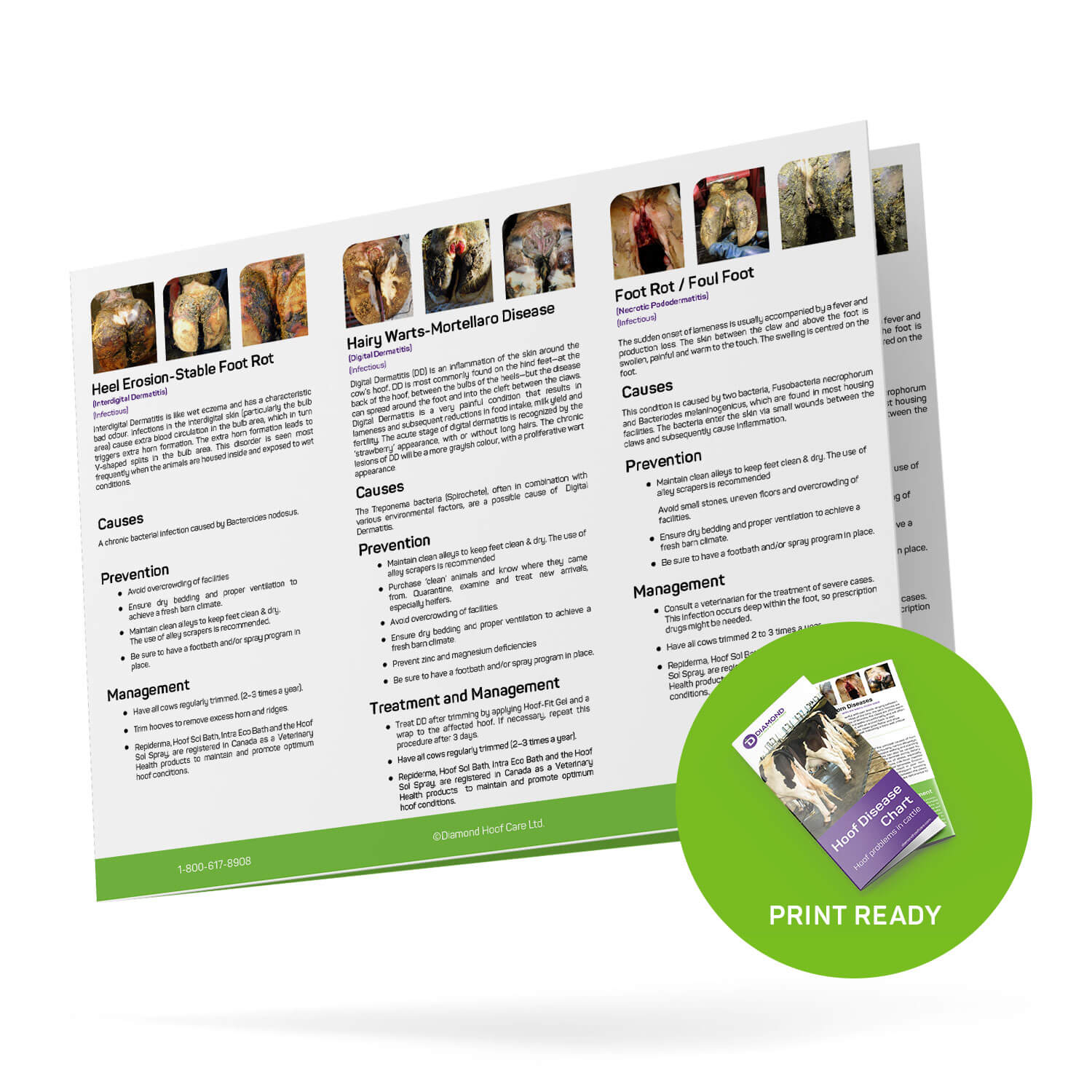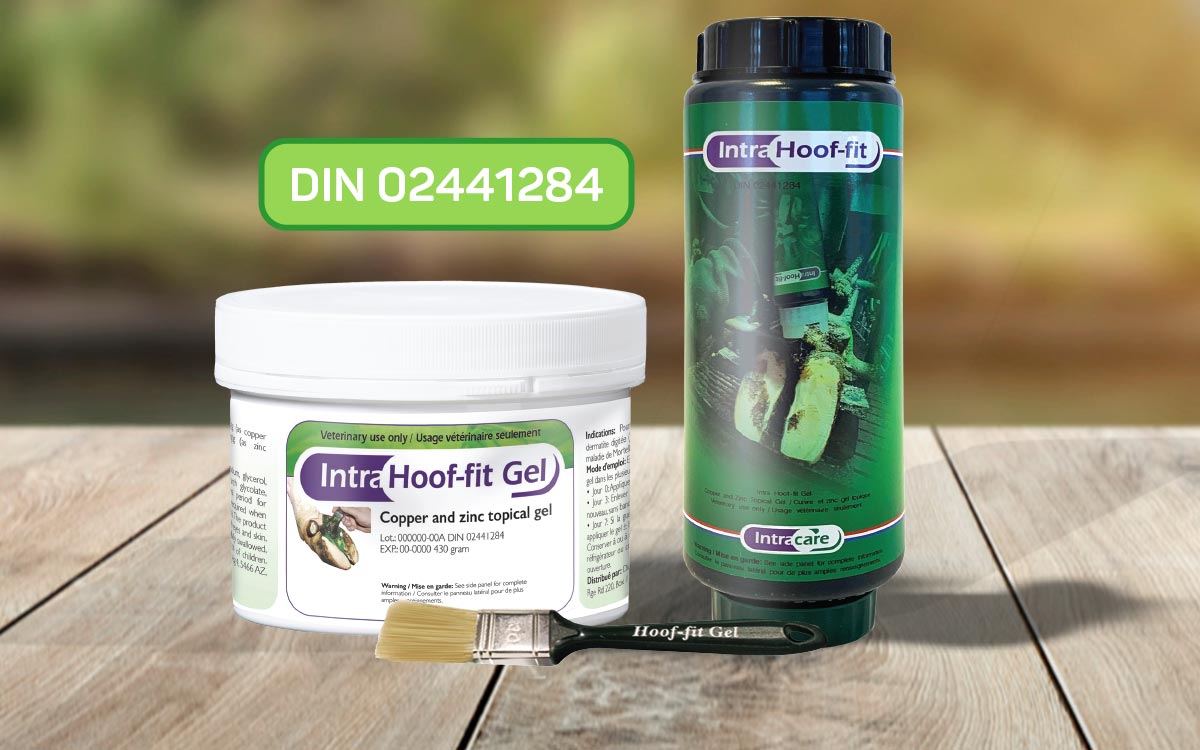Horns aren’t just pointy ornaments adorning the head of a goat. Sometimes a goat will get in a fight that results in significant damage to its horns, so even cracks can concern a herd owner.
Goat horns are likely to crack because of an injury. Goats often play with other goats, get stuck in fences, or bump into surfaces. These playful acts can crack their horns and, in the worst cases, break them.
If you have horned goats, it’s crucial to keep an eye on them and goat-proof their enclosure. As you’ll discover in this article, the curiosity of these animals and their sharp horns can lead to injuries.
Why Your Goat’s Horns Are Cracking
Injury
Among horned animals, goats have a standout disposition. They are much more curious, playful, rambunctious, intelligent, and, at times, aggressive and stubborn. As a cattle hoof trimmer, I have seen many cows with horns. It seems to me that goats use their horns more often than cows to get their way. Perhaps their adorable nature fools me…
The playfulness of goats may be cute, but you should start worrying when the headbutting gets serious. Most horn cracks result from injury caused by headbutts, play, and fights between the animals.

Injuries Due To Play
The playfulness of goats may be cute, but you should start worrying when the headbutting gets serious. Most horn cracks result from injury caused by headbutts, play, and fights between the animals.
Injuries Due To Fights
Aside from play, there’s also aggression between goats as they strive for dominance over each other. Usually, horned goats dominate over hornless ones. If there are several horned goats, they will fight for their place on top.
There are two dominant goats in the pecking order:
- Top buck. It is the dominant male and usually drives the herd from the rear.
- Flock queen. It is the dominant female and leads the herd to grazing areas.
The fighting usually entails a ritual of headbutts and horn locking. As the goats constantly clash heads and lock horns, there is ample opportunity for horn-related injuries, including cracks.
Moreover, once goats get into a fight, it can be hard to stop them. Unless you want to suffer an injury yourself, it’s best to wait it out.
Injuries Due To Enclosures and Fences
Goats love to explore. Thus, if you keep them in enclosures or surround them with fences, they’ll check out the barriers. They may even try to break through them.
Given their tendency to be nosy, it’s not unheard of for goats to get stuck in fences. If you’ve had a lot of goats that cracked or broke their horns wriggling through wires, you need to install a better, more goat-friendly fence.
Recently, my son opened a community store that also had a little petting zoo with two goats. You guessed it: Every time kids visited the store, they headed over to the little pasture. Needless to say, the goats got their heads and horns stuck countless times. My advice for building a goat-proof fence (if there is such a thing!) is to erect a solid boarded structure that doesn’t allow their heads to squeeze through.
For dairy herds and goat farms, I recommend using Intra Repiderma to promote healthy skin and care in the case of minor injuries.
Nutrient Deficiency
Horn growth requires nutrients such as minerals, vitamins, and amino acids. A deficiency impairs the quality of a goat’s horns. They are significantly weaker and thus more prone to cracking.
Two nutrients crucial for horn growth are:

Sulfur is a component of keratin, a substance abundant in horns. Thus, a lack of it affects horn growth.

Zinc deficiency affects the quality of integuments, such as the skin and horns.
You should discuss the overall health and mineral package for your goats with your nutritionist. I have often seen Biotin added to the rations, which benefits hoof horn production.
Health Condition
A goat may also suffer from underlying health conditions leading to weaker horns. If the horns are of poorer quality, they are easier to crack.
An example of such a condition is lactic acidosis, or grain overload. It occurs when the ratio of forage to grain is disturbed, affecting the microflora or microorganisms inside the goat’s rumen.
When the microorganisms inside a goat are disturbed, the internal pH can change, which can have dire effects on the animal. A clinical case of this disease can manifest in poor and flaky horns, among other symptoms. Close contact with your veterinarian and nutritionist is of utmost importance.
What to Do If Your Goat’s Horns Are Cracking
If you raise goats for the long term, you’ll have to deal with horn cracks and breakage at some point. Thus, it’s crucial that you know what to do.
Check for Bleeding
You’ll need to inspect the severity of the damage and check for any bleeding. Depending on the crack or injury, there may be little to extensive bleeding. If it’s the latter, do not panic because you need to help your goat.
Control the Bleeding
If there is excessive bleeding, you must control it. You may need these items to do it:
- Blood-stop powder. This can be used if the bleeding is minor. Most veterinarians or animal supply stores carry this product.
- Clean cloth. You can wrap this over the wound or crack. If needed, use it to apply pressure but not too much. Alternatively, you can use a cohesive bandage like Intra Tape to control the bleeding.
Consult a Vet
Seek veterinary advice on the next steps, especially if the crack has led to severe bleeding. Your vet may recommend and conduct dehorning if the damage is extensive. They also know how to prevent infection.
Once you begin the treatment, depending on the underlying cause, the cracking should stop and a healthy appearance return to the horns. Check out my article on goat horn growth if you want to know more.
How to Prevent Your Goat’s Horns from Cracking
There are a few ways to prevent horn cracks.
Meet Your Goat’s Nutritional Requirements
It’s crucial not just for horn health but the overall well-being of your goat that you satisfy its nutritional requirements. One way to do so is with fortified feeds and supplements. Foraging is also good as fresh grass is abundant in nutrients, including sulfur and vitamin A.
Install Better Fences
These are the types of fences recommended for goat facilities:
- High tensile fence: Standard and economical fencing option for many goat owners
- Woven wire fence: Typical and durable option but more costly than high tensile.
- Polywire fence: This type is recommended only as a temporary solution.
- Net wire fence: Similar to a woven wire fence but made of polywire
The key is to find a fence with openings smaller than the goat’s head. My experience with these animals is that any hole slightly bigger than their head will definitely be a problem.
Disbud or Dehorn Kids
Disbudding and dehorning are ways to remove goat horns. The first removes and prevents young tissues or cells from becoming full-fledged horns. Dehorning involves the removal of actual horns.
Disbudding is recommended for kids not older than three weeks. Beyond that age, dehorning is done. However, dehorn the animals while they are still under six months of age because the risks increase after that. Intra Repiderma has been a great solution for our dairy farm clients after disbudding and dehorning their young stock.
Final Thoughts
Cracks in goat horns are often the result of injuries from play, fights, or fences. However, if your goat lacks nutrients or suffers from a health condition, its horns become weaker and more prone to damage. Thus, taking care of your goat’s health and environment is essential for ensuring that its horns are tough and damage-proof.

Hoof Disease Reference Chart
Sources
- Cornell College of Agriculture and Life Sciences: Goat Herd Behavior
- ACS Distance Education: Goat Behaviour
- ResearchGate: Mineral nutrition of livestock: Fourth edition
- Ontario Ministry of Agriculture, Food, and Rural Affairs: Metabolic & Nutritional Diseases of Goats
- Herdiac: What to Do If a Goat’s Horn Breaks Off: Options for Domesticated Goats




